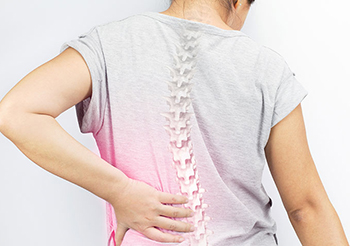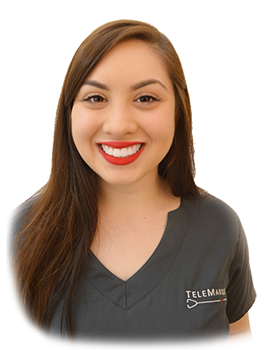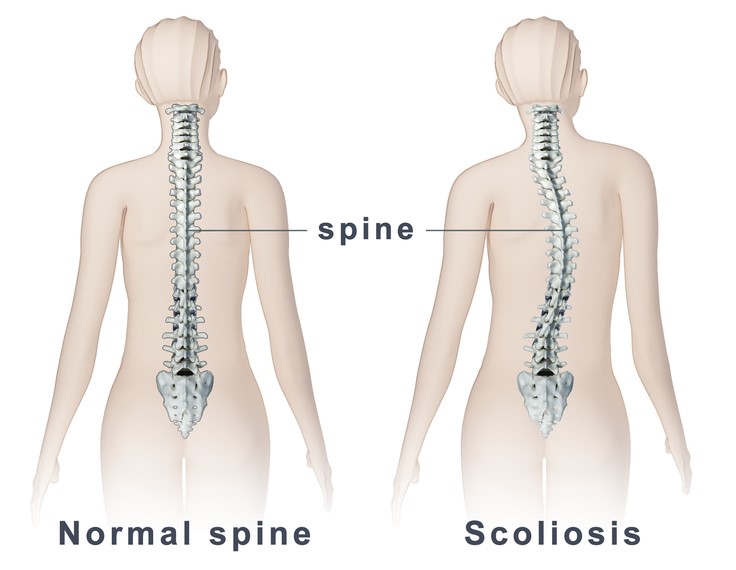
What to Know About Scoliosis by Alyssa Sota
Scoliosis means that the spine curves somewhat from side to side rather than being straight down the back. The spine is made of bones called vertebrae that normally stack one on top of the other in a straight line. The bones in the upper back are called thoracic vertebrae. This is the most common place for scoliosis. The bones in the lower back are called lumbar vertebrae. Scoliosis develops gradually. It is usually noticed just before or during puberty when your child is going through a growth spurt. Girls get scoliosis more often than boys. Usually parents don’t notice the gradual changes caused by scoliosis. The curvature is usually discovered by a doctor or school nurse.
There are many causes of scoliosis. Sometimes vertebrae are incompletely formed or misshapen. Sometimes children who have legs of different lengths will develop a curvature of the spine. Other times, diseases cause scoliosis. However, in children and teens the cause is most often unknown. When a cause for the scoliosis cannot be found, it is called idiopathic scoliosis. In idiopathic scoliosis, some of the vertebrae are rotated. This causes the ribs on one side of the back to stick out more, causing a hump.
What are the symptoms?
At first, the symptoms are painless and not always easy to recognize. Someone with scoliosis may:
- Have uneven shoulder or waist
- Have a hump on one side of the back
- Have one or both shoulder blades sticking out
- Lean slightly to one side
- Sometimes patients with scoliosis will have back pain
How is it treated?
Your provider will suggest the treatment based on your age, how much you are likely to grow, the degree and pattern of the curve and the type of scoliosis. You may be referred to a back specialist.
Source:
https://www.spine-health.com/conditions/scoliosis/scoliosis-what-you-need-know
The information provided is for general interest only and should not be misconstrued as a diagnosis, prognosis or treatment recommendation. This information does not in any way constitute the practice of medicine, or any other health care profession. Readers are directed to consult their health care provider regarding their specific health situation. Marque Medical is not liable for any action taken by a reader based upon this information.


